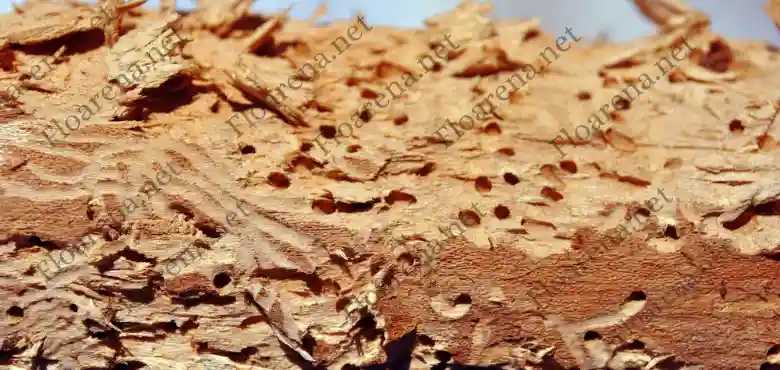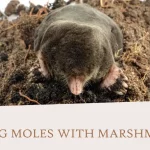You may not know it, but tiny yet mighty termite larvae could be burrowing through your home right now. They might be chewing away at structures you’ve worked hard to maintain.
Termite infestations can go unnoticed for years. This can lead to significant damage and costly repairs.
However, arming yourself with knowledge on identifying the early stages of termite problems is the first step toward protecting your property. In this comprehensive post, we will delve into the various signs and symptoms of termite larvae infestations. We will include suggestions on practical solutions to keep these silent destroyers at bay.
So, read on to get started.
Mud Tubes
Mud tubes, also known as shelter tubes, are the most telltale sign of a termite infestation. These thin tunnels look like small veins on walls and surfaces around your home. Termites use mud tubes to travel between their nest and food sources while protecting themselves from external threats.
If you spot these structures in or around your property, it’s a clear indication of termite activity. You should take immediate action and contact a pest control professional to assess the situation.
There might also be termite eggs or larvae present in these tubes, so it’s crucial to have them inspected and removed as soon as possible.
Damaged Wood
Termites primarily feed on wood and cellulose materials. As they tunnel through the wooden structures of your home, they leave behind visible damage. If you notice unexplained cracks, holes, or tunnels on wooden surfaces on your property, it could be due to termite larvae feeding on the wood.
To determine if the damage is caused by termites, knock on the affected wood. If it sounds hollow, termites have likely been feeding on the inside.
Furthermore, if you find some dead termites in the affected areas, it could indicate an ongoing infestation. If you suspect a termite infestation, call a professional like these pest control services in Lakewood Ranch for a thorough inspection and treatment plan.
Swarmers
Another indication of a termite infestation manifests in the appearance of winged termites, commonly referred to as swarmers. These are reproductive termites that emerge from established colonies with the intent of establishing new ones. They are often mistaken for flying ants but can be differentiated by their straight antennae and equal-sized wings.
If you see swarmers around your property, it could mean that there is a termite colony nearby. This warrants an immediate call to a pest control professional for proper identification and treatment.
Frass
Frass is a term used to describe termite droppings. It resembles small, pellet-like substances and can be found near the infested areas. As termites tunnel through wood, they push out frass from small holes or cracks in the surface.
Finding frass around your property could indicate an active termite infestation. However, it’s important to note that not all termites produce frass, so it should not be used as the only method of detection.
Learn to Deal With Termite Larvae Infestations
Termite larvae infestations can be a serious threat to your property. It’s important to educate yourself on the signs and symptoms of an infestation. That way, you can catch it early and prevent costly damage.
By being proactive and regularly inspecting your property, as well as seeking professional help when needed, you can effectively deal with termite problems and protect your home.
Visit our blog for more articles.






